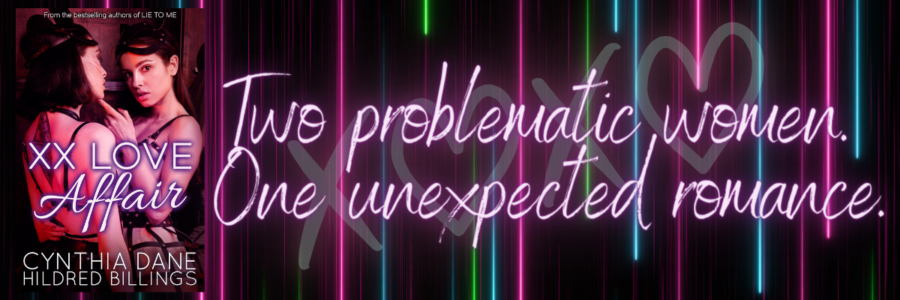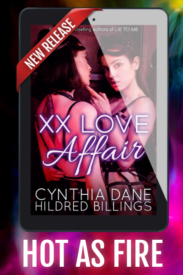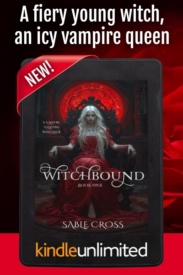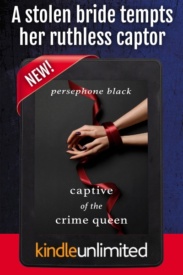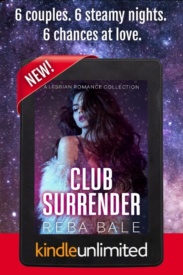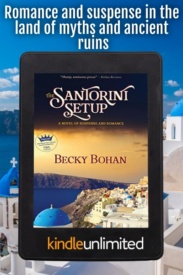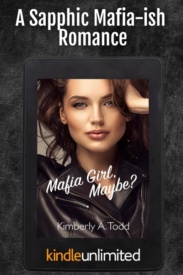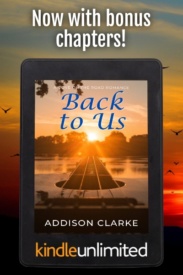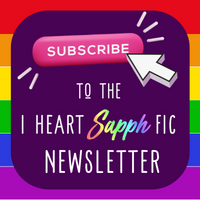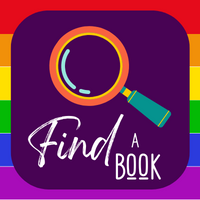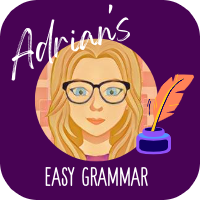
Hello and Happy Easy Grammar Tips Wednesday!
Adrian J. Smith is a writer and editor who has a not-so-secret love of grammar. She’s always happy to provide useful grammar tips to help writers understand and remember some of those pesky writing rules that can trip us up.
Let’s bring on this week’s grammar tip!
Grammar Wednesday: COMMA SPLICE–Em dash
Our new grammatical issue to look at, for the next fews weeks or so, is the comma splice. Are you ready? This one has been the bane of my existence since my early college years. My prof would go through and take a red marker to ALL my comma splices, and let me tell you, that was a lot. I stopped using commas after that for years!
WHAT IS A COMMA SPLICE?
Commas are a crazy thing to try and learn. Commonly, when in the process of learning how to punctuate commas and add them in, one learns to add them where they should not be. Typically, one of these places is called a comma splice. This is where there are two independent clauses smooshed together into one sentence only by a comma. Now, commas are powerful things, don’t get me wrong. They’re like the dukes and duchesses of grammar. But they do not belong in the chamber of the compound sentence.
Comma splices are typically hard to find, because there is still a natural pause in the sentence. However, comma splices can easily become the bane of someone’s existence (a.k.a me for the past five or six years).
Here are some examples of comma splices.
1. “I kissed a girl, I liked it.”
2. She didn’t know what to say, she was stunned into silence.
3. “I didn’t know you could do that, you can do that?”
4. Adrian is writing a forum on comma splices, she is sitting in class.
Today’s Tip: Use an Em dash
An Em dash will strongly connect the two independent clauses. Em dashes to resolve comma splices are most commonly found in dialogue, where semi-colons and colons are avoided. This is for flow of voice of the character and for flow of reading.
3. “I didn’t know you could do that, you can do that?”
RESOLUTION:
“I didn’t know you could do that—you can do that?”
Using this form of resolution strongly connects the two independent clauses. In dialogue, it is easier to use an Em dash to separate the two clauses.
10. Writing fanfiction is stress-relieving, it is a world of its own.
RESOLUTION:
Writing fanfiction is stress-relieving—it’s a world of its own.
Using an Em dash here creates a flow for the sentences. The two sentences go together.
Adrian’s Bio:
 Adrian J. Smith has been writing nearly her entire life but publishing since 2013. With a focus on women loving women fiction, AJ jumps genres from action-packed police procedurals to the seedier life of vampires and witches to sweet romances with a May-December twist. She loves writing and reading about women in the midst of the ordinariness of life. Two of her novels, For by Grace and Memoir in the Making, received honorable mentions with the Rainbow Awards.
Adrian J. Smith has been writing nearly her entire life but publishing since 2013. With a focus on women loving women fiction, AJ jumps genres from action-packed police procedurals to the seedier life of vampires and witches to sweet romances with a May-December twist. She loves writing and reading about women in the midst of the ordinariness of life. Two of her novels, For by Grace and Memoir in the Making, received honorable mentions with the Rainbow Awards.
AJ currently lives in Cheyenne, WY, although she moves often and has lived all over the United States. She loves to travel to different countries and places. She currently plays the roles of author, wife, and mother to two rambunctious toddlers, occasional handy-woman. Connect with her on Facebook or on Twitter.


